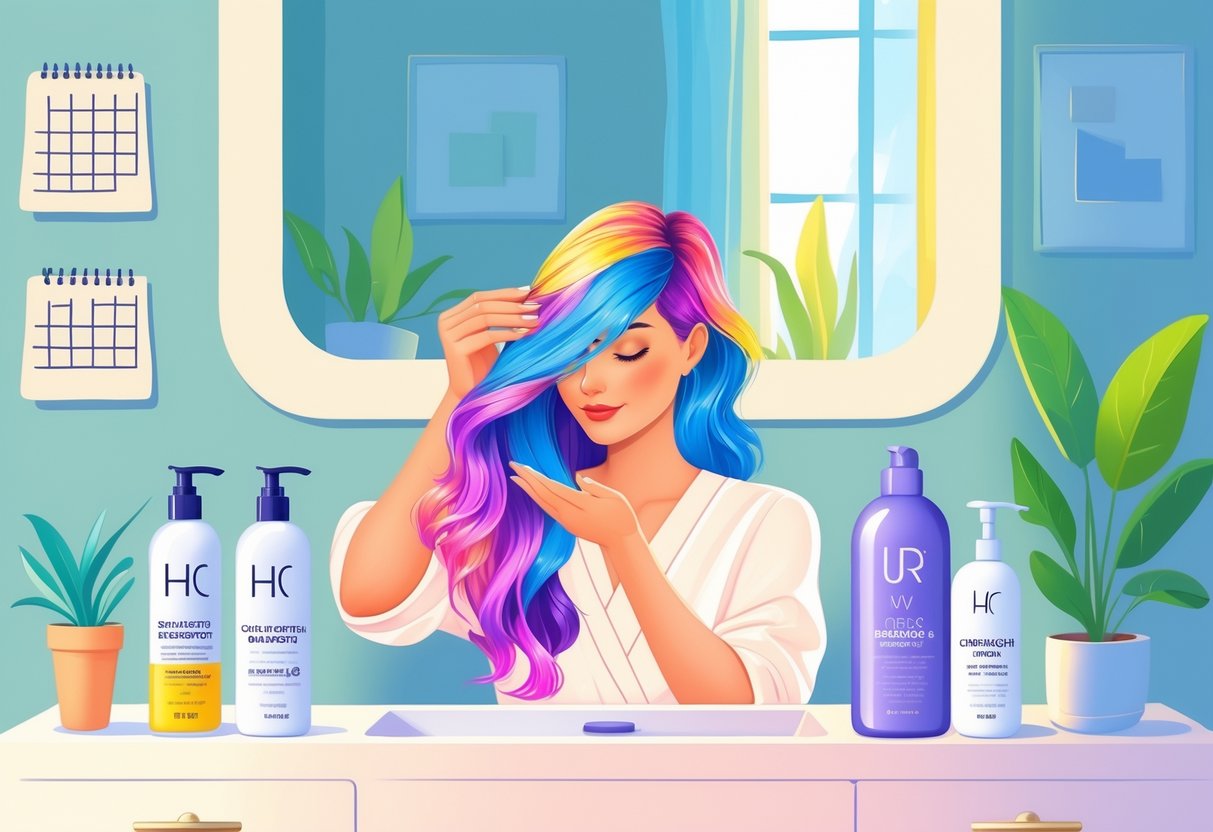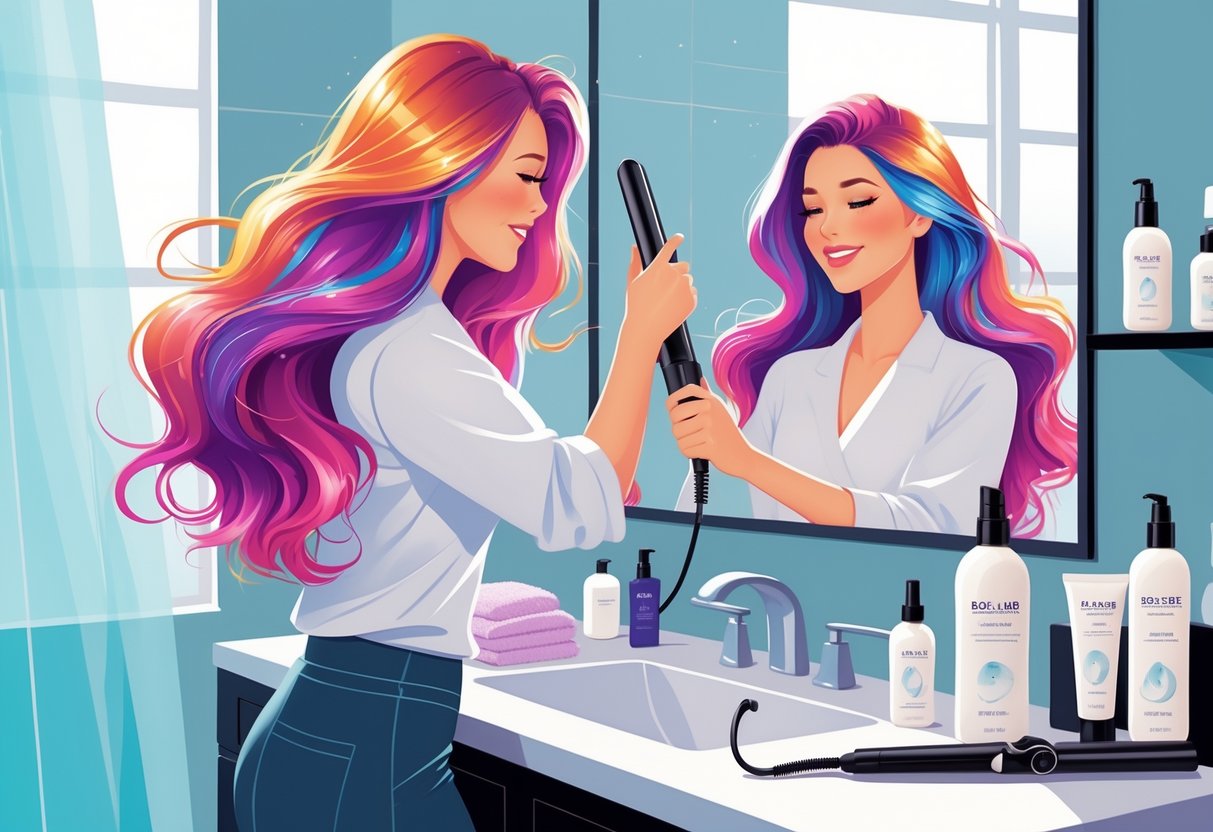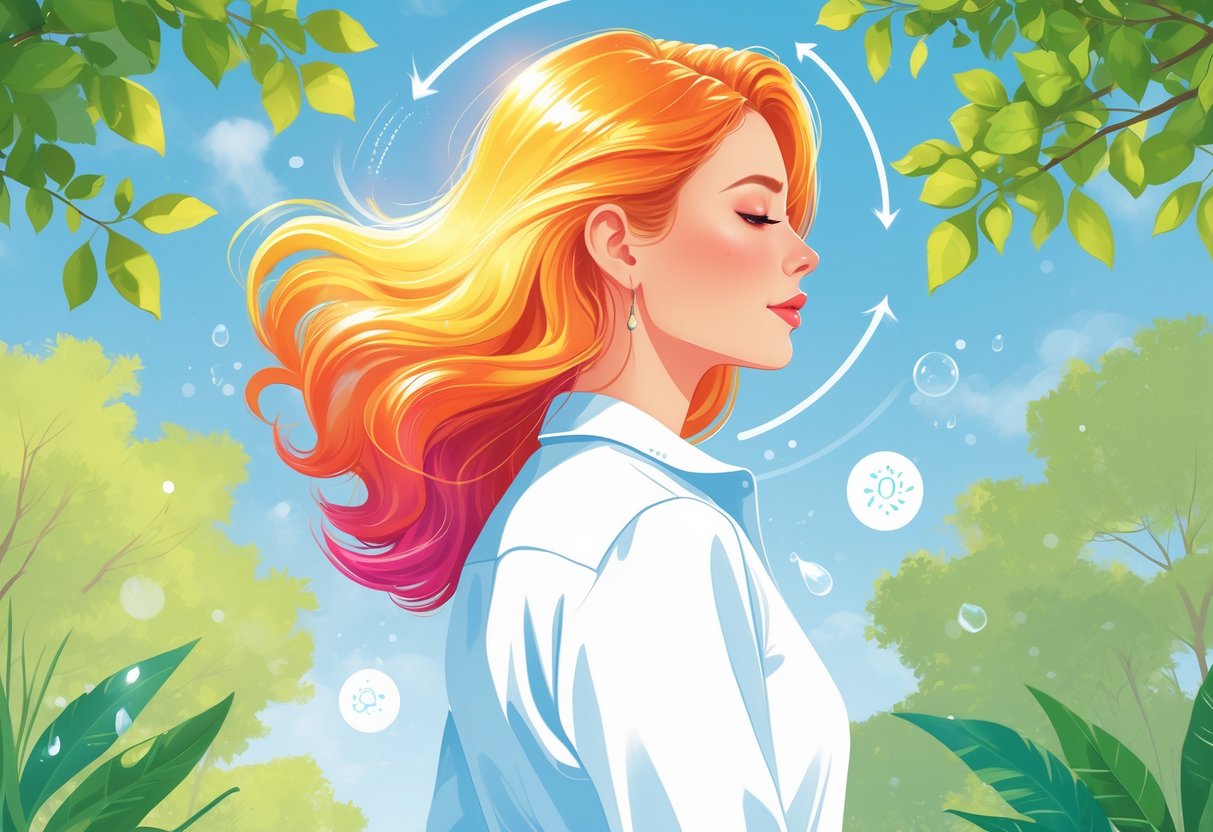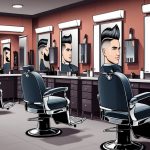
Protecting Hair from Heat Styling

Exposure to high temperatures from blow dryers, straighteners, and curling irons can accelerate fading and dullness in color-treated hair.
Careful use of protective products and mindful styling practices helps keep hair color more vibrant for longer periods.
Heat Protectant Application Tips
Applying a heat protectant is an essential step before using any hot styling tool.
This barrier product helps minimize the damage caused by heat styling, reducing the risk of moisture loss and color breakdown.
Spray or distribute the protectant evenly throughout damp or dry hair, making sure to cover the mid-lengths and ends, which are especially prone to dryness.
Avoid saturating the scalp to prevent excess oiliness.
Wait for the protectant to absorb and dry for maximum effectiveness before using a blow dryer or flat iron.
Different hair types, including fine, thick, or curly textures, may require different formulas, such as lightweight sprays for thin hair or creams for coarser textures.
Using a product specifically labeled for color-treated hair offers extra defense against fading, as recommended by professionals emphasizing the importance of heat protection when maintaining hair color between salon visits.
Limiting Use of Styling Tools
Limiting how often heat styling tools are used can significantly decrease the rate of color fading. Opt for air-drying whenever possible or switch to heatless styling methods, such as braiding or using foam rollers, to achieve desired looks without exposing hair to damaging temperatures.
When using heat tools, set devices to the lowest effective temperature. Fine or light hair, in particular, requires less heat to style, so avoid maximum settings to reduce stress on strands.
Reserve intensive styling for special occasions rather than daily use to further preserve vibrant color. Reducing the frequency of blow drying or straightening safeguards the integrity of color and promotes healthier hair.
Consistent use of protective measures is supported by stylists who emphasize that minimizing exposure to hot tools helps in preventing hair color fading between salon visits and keeps colored hair looking fresh.
Safeguarding Hair from Environmental Damage

Environmental factors play a significant role in causing hair color fade between salon visits. Proper protection from UV rays and mindful care during swimming or outdoor activities are essential to keeping hair vibrant after coloring.
UV Protection for Vibrant Color
UV exposure breaks down the chemical bonds in hair dye, which leads to dullness and fading. To maintain hair color, it’s recommended to use leave-in treatments or sprays specifically formulated with UV protection.
These products act as a barrier, shielding strands from the sun’s damaging effects. Wearing a wide-brimmed hat or scarf provides a physical layer of sun protection, especially during peak daylight hours.
For those who spend long periods outdoors, reapplying UV protectant products throughout the day can enhance defense against color loss. Incorporating regular conditioning treatments keeps hair hydrated and less susceptible to damage from sunlight.
Some treatments even combine UV filters with antioxidants for a more comprehensive approach to resisting environmental stress.
Swimming and Sun Exposure
Chlorine and salt water are notorious for causing hair color fading and dryness. Before swimming, thoroughly wetting the hair with clean water helps minimize absorption of chlorinated or salty water.
Applying a protective leave-in conditioner or swim cap creates an additional barrier against chemicals and salt. After swimming, promptly rinsing hair with fresh water is crucial to remove any lingering irritants that might strip color.
When spending prolonged time in the sun, regularly applying rehydrating products helps combat both UV and moisture loss. Individuals who frequently swim or are exposed to sunlight should schedule deep conditioning treatments more often to restore moisture and reduce damage.
Visit the advice from stylists on maintaining color between salon visits for more practical solutions. This approach helps keep the hair cuticle sealed, preserving vibrancy and reducing the risk of faded, dull tones.



